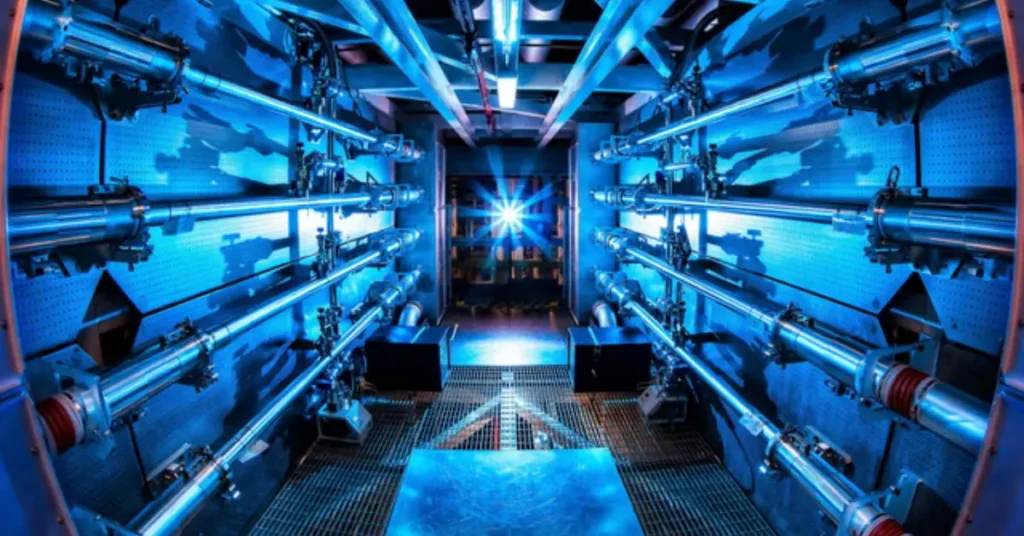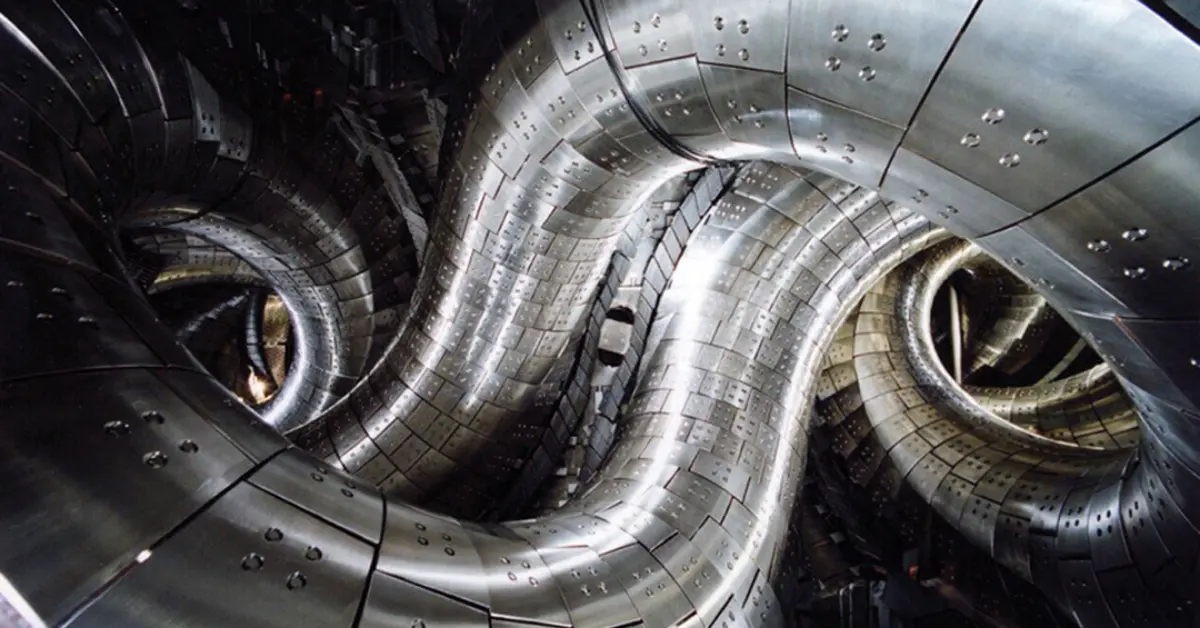Artificial intelligence has played a pivotal role in addressing a significant challenge hindering the realization of near-limitless clean energy through nuclear fusion. Researchers from Princeton University in the United States have successfully utilized an AI model to forecast and prevent instabilities in plasma during fusion reactions.
Nuclear fusion, recognized as the “holy grail” of clean energy, holds the promise of generating substantial energy without reliance on fossil fuels or generating hazardous waste, replicating natural processes occurring within the Sun. However, achieving controlled nuclear fusion has proven to be exceptionally challenging.
In a breakthrough in 2022, a team from the Lawrence Livermore National Laboratory achieved the first-ever net energy gain in nuclear fusion, a crucial step toward scalability. While the energy produced was modest, comparable to boiling a kettle, it marked a significant milestone.
The recent success involves the Artificial Intelligence’s ability to identify plasma instabilities 300 milliseconds before they occur, allowing for timely adjustments to maintain plasma control. This newfound capability is viewed as a key advancement that could facilitate the widespread adoption of nuclear fusion energy on the grid.
The researchers emphasize that predicting instabilities in advance enhances the feasibility of running fusion reactions compared to current, more passive approaches. SanKyeun Kim, a co-author of the study, notes the potential for the AI to create a final control policy based on learning from past experiments, rather than relying solely on physics-based models.
Egemen Kolemen, the research leader and a physicist at the Princeton Plasma Physics Laboratory where the breakthrough occurred, highlights the AI’s capacity to develop a stable, high-powered plasma regime in real time at an actual reactor, bypassing the need to react quickly once instabilities occur.
The findings, titled “Avoiding fusion plasma tearing instability with deep reinforcement learning,” were published in the scientific journal Nature. With this development, the researchers emphasize the elimination of the need to wait for instabilities to manifest before taking corrective action, marking a significant stride toward practical and scalable nuclear fusion energy solutions.

Also read: When is Genshin Impact 4.5 Release Date? Will Chiori be a 5-star Character?
AI Shows Promise in Stabilizing Experimental Fusion Reactors
Challenge: Maintaining stable plasma in fusion reactors is crucial for sustained energy production, but unpredictable instabilities disrupt operations.
New Approach: Researchers at Princeton Plasma Physics Laboratory (PPPL) developed an AI system to predict and address these instabilities.
Key Findings:
- The AI, trained on data from past experiments, successfully predicted tearing mode instabilities in the DIII-D National Fusion Facility reactor.
- By anticipating these disruptions, the AI adjusted controls to stabilize the plasma, offering a potential pathway towards longer-lasting fusion reactions.
Limitations:
- Current prediction window (300 milliseconds) is too short for human intervention.
- The AI is specific to the DIII-D reactor and needs modifications for broader application.
Future Directions:
- Develop a “universal” AI applicable to various fusion reactor designs.
- Expand the AI’s capabilities to handle multiple control problems simultaneously.
Significance:
This research demonstrates the potential of AI to improve stability in fusion reactions, potentially paving the way for more reliable and efficient clean energy production in the future.
Content Contributor: Rehana Sengupta
***With inputs from nature journal and Independent









